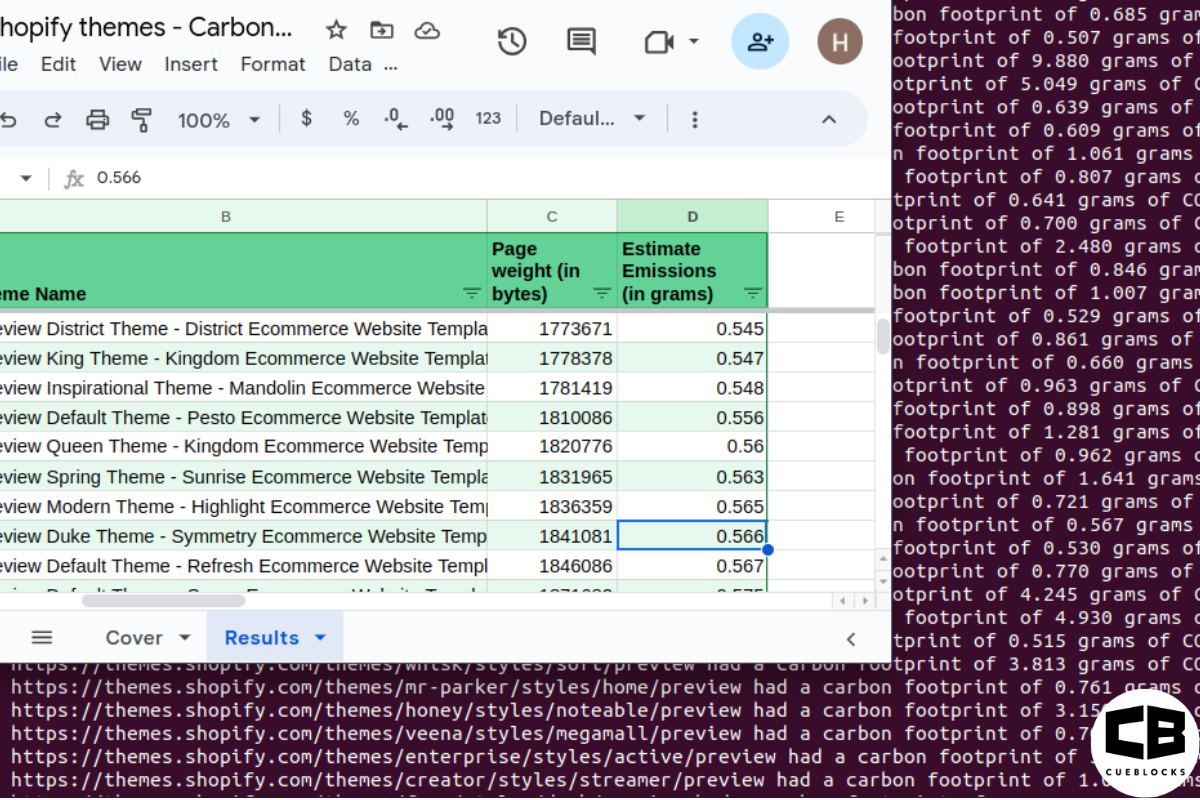
Multi Touch – The next big thing in hardware
Human creativity on the computer has seen phenomenal growth over the past few years. The evolution of computer games, animation, web design and graphic design are testimony to this fact. Computers are the medium that people bursting with creativity have been praying for since forever. Whatever you imagine, you can bring to life. With the advent of cutting edge technologies and high end software like Flash™, Adobe™ Photoshop™, 3D Max™, Maya™ and Director™ to name a few, transforming your thoughts into reality has become easier than ever.
What’s the next step?
It is then that the inevitable question arises in our mind, what next? Necessity has given way to competitiveness as the mother of innovation and inventions. The desire to succeed and do better than your counterparts is the driving force behind the high tech research and development being carried out by individuals and departments alike. This is only beneficial to the world, as these practices are churning out awesome products for future generations.
Enter Multi Touch
One such technology that holds great promise in becoming a major success in the coming times is Multi Touch. As the name suggest, it is a human-computer physical interaction based technology, which involves more than one point of contact in the touch screen based scenario. We have all used touch screens at some point of time, be it in the form of a personal tablet pc or the ATM kiosk. However, you might have noticed that in case you touch the screen simultaneously with more than one finger, the computer gets ‘confused’ and you do not get desired results. Multi touch eliminates this disadvantage and lets you use not just two but the entire set of ten fingers on your hand, in case you want to.
What can it do?
As is imaginable, the possibilities are endless. Designing and editing, which needed to be processed through the keyboard and mouse devices for input, can now be done by just using the fingers of the person. You can just draw away; it is as simple as that! The prototype displayed recently, involved a 32 inch flat screen that acted as a canvas. The researcher then used his fingers and simultaneously drew figures, which even went on to interact between themselves. But just in case you thought this technology is limited to designing ad drawing, think again! You could simulate maps in real time, ‘grab’ the map and turn it around or take a virtual trip through cities. You could actually ‘drag and drop’ applications on your desktop with your fingers, instead of using a mouse. You could have an on screen keyboard; resize it according to your needs and type in whatever you want. You can even take gaming to the next level by performing in-game actions using your fingers!
So how does it work?
From the technical viewpoint, the system is based on the theory of the Total Internal Reflection phenomenon in optics. When the screen is touched, light sensors are activated. The signal is received by the processor which in turn figures out what kind of action has been performed. In layman terms, the touch interaction is as good as it would have been, had the computer been a real canvas. The difference being that this digital interaction is much better. The process includes the determination of the position and pressure or degree of each touch point independently, which allows gestures and interaction with multiple fingers or hands and can provide rich interaction (including direct manipulation) through intuitive gestures. Depending largely on their size, some multi-touch devices support more than one user on the same device simultaneously (like Microsoft™ Surface™). One salient aspect of this technique is that it makes easy to zoom in or out in a Zooming User Interface (ZUI) with two fingers, thereby providing a more direct mapping than with a single-point device like a mouse or stylus.
Technology Outlook
This exciting technology is all set to be tested in the real world. Two new products are on their way for consumers to test and review. They are completely based on the Multi Touch phenomenon. These products are the Apple iPhone and Microsoft Surface PCs. More products are currently in the pipeline. One might wonder as to why the industry response is low to this technology, in terms of products being released. This can be attributed to the fact that research for this technology has been going on since the past 15-20 years and thus the initial setup costs involved are pretty high.
- About the Author
- Latest Posts
-
Evaluating the Carbon Emissions of Shopify Themes
by Harleen Sandhu
Committing to green claims as a business is a huge promise to deliver on. For ecommerce stores, Shopify is leading …
Continue reading “Evaluating the Carbon Emissions of Shopify Themes”
-
Dark Mode: Accessibility vs Sustainable Web Design
by BalbirIntroduction Dark mode, a feature that lets users switch the color scheme of an app or website to darker colors, …
Continue reading “Dark Mode: Accessibility vs Sustainable Web Design”
-
Discover Essential Sustainable Marketing Principles and Strategies for Ethical Business Growth
by Pancham Prashar
Given the major issues that our world is currently facing, such as pollution and climate change, sustainability becomes an inevitable …
-
Show, Don’t Tell: Demonstrating Transparency in Your eCommerce Store
by Pancham PrasharFor an eCommerce brand committed to good, success goes beyond creating excellent products; it extends to effectively communicating your values …
Continue reading “Show, Don’t Tell: Demonstrating Transparency in Your eCommerce Store”
-
How to Market Sustainable Products Effectively
by Nida Danish
In today’s market, sustainability has evolved from a passing trend to a pivotal consideration for both consumers and businesses. Globally, …
Continue reading “How to Market Sustainable Products Effectively”
-
Decoding B Corp Marketing Challenges: Strategies for Success
by Nida DanishToday, businesses place high importance on sustainability and ethical practices. For B2B and e-commerce leaders, being a certified B Corp. …
Continue reading “Decoding B Corp Marketing Challenges: Strategies for Success”




